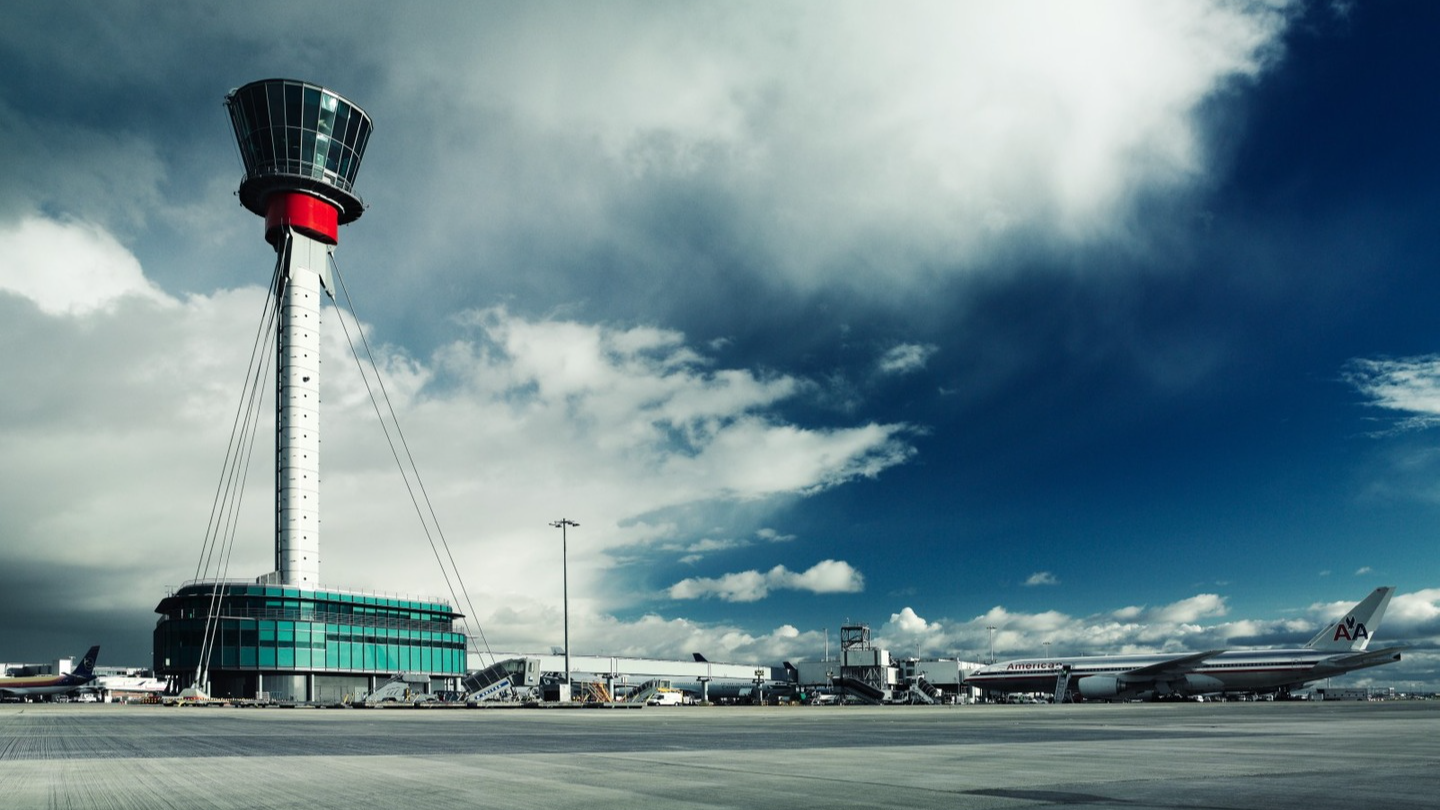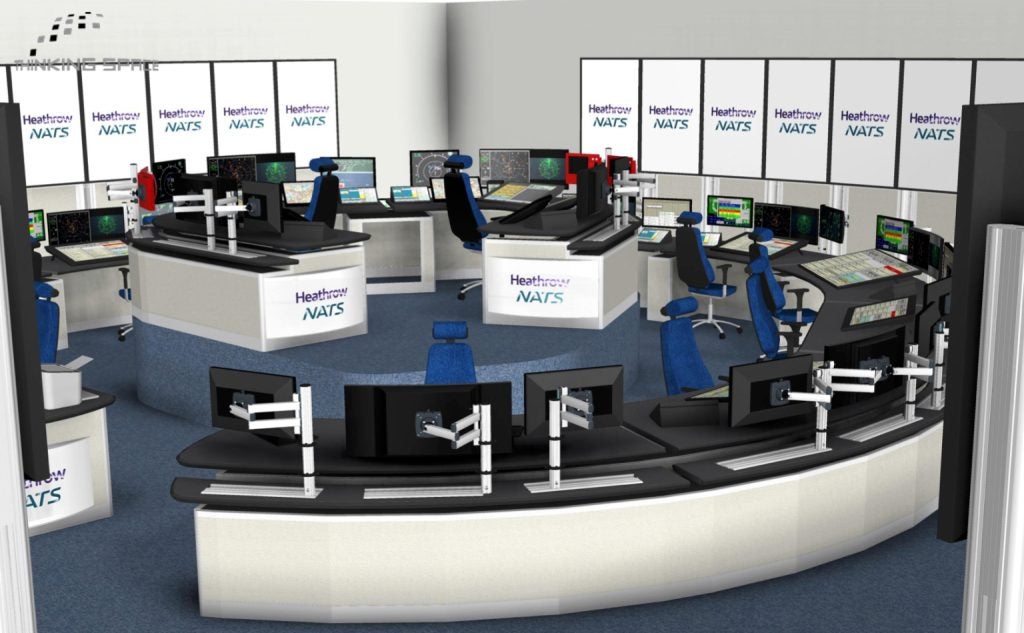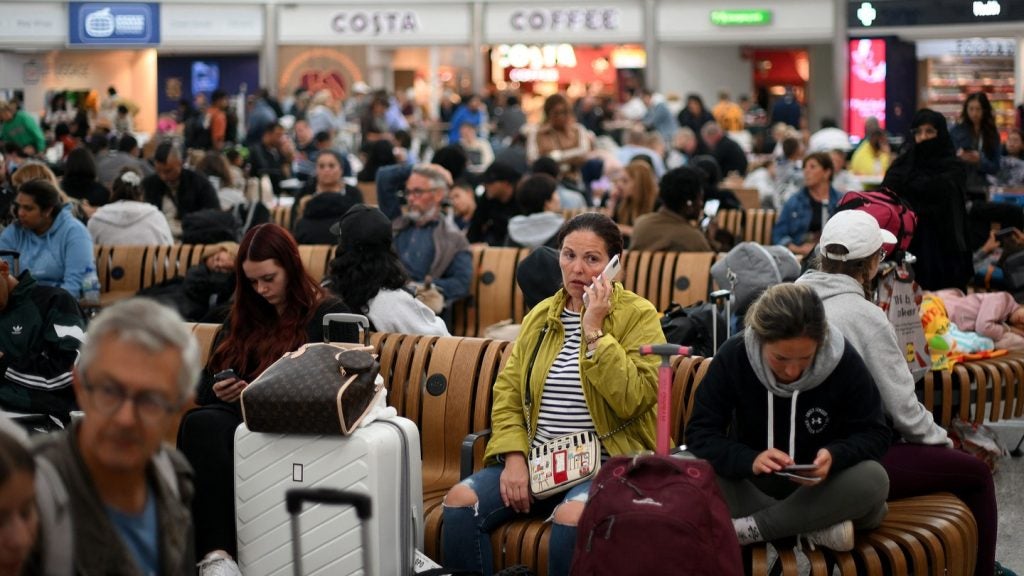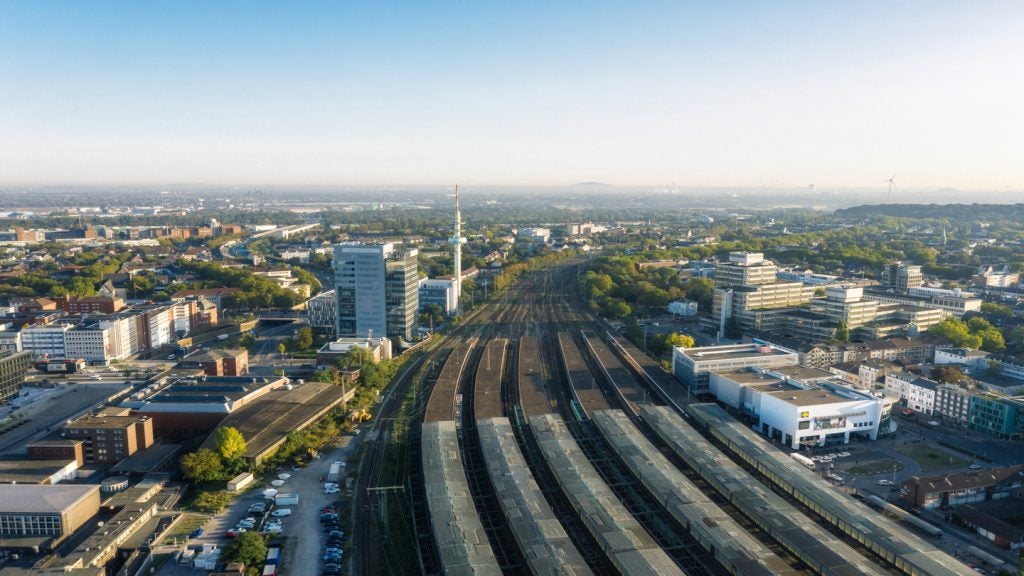
The UK’s primary air traffic control provider NATS has begun work on a new virtual contingency facility (VCF) at Heathrow Airport, which serves as a backup to the control tower. The new VCF will replace Heathrow’s existing world-first VCF.
The new facility will be located at the airport and is designed to initially match its predecessor’s capability of operating the airport at 70% capacity, though the two businesses will eventually aim to bring the VCF’s capability up to 100%.
Heathrow’s head of airport operations Kelly Stone said that ensuring the airport’s operations were resilient to possible disruptions was a priority for the business: “Investing in a state-of-the-art VCF with NATS provides us with confidence that passenger journeys will still go ahead even if our business as usual operating plans are disrupted.”
Though there has never been an incident where the original VCF has been required, the NATS team at Heathrow do regular exercises to simulate a transfer to the facility, described as a windowless re-creation of the main control tower.

The new VCF is scheduled to be operational in 2025 and could later include a number of screens on the walls showing live footage from ultra-high-definition cameras around the airport to provide air traffic controllers with a sufficient view to work “as normal”.
Pete Glass, NATS’ general manager for air traffic services at Heathrow, said: “The air traffic control operation is vital to the safe and efficient running of the airport and given how important Heathrow is, not just to the UK but to global aviation, it’s right that it has an industry-leading level of operational resilience.”
Earlier this year NATS finally deployed another key modernisation project for the UK’s airspace with the West Airspace Deployment, which launched systemisation and free route airspace in Wales and Southwest England to make air travel more sustainable in the area.






